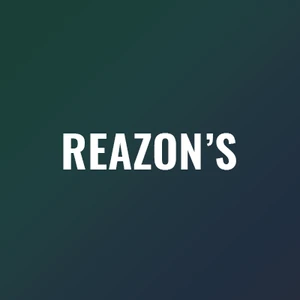I'm involved in launching the Design Headquarters at Reazon. Not only overseeing the organization, but also continuing to embody the spirit of a designer, and actively contributing as one.
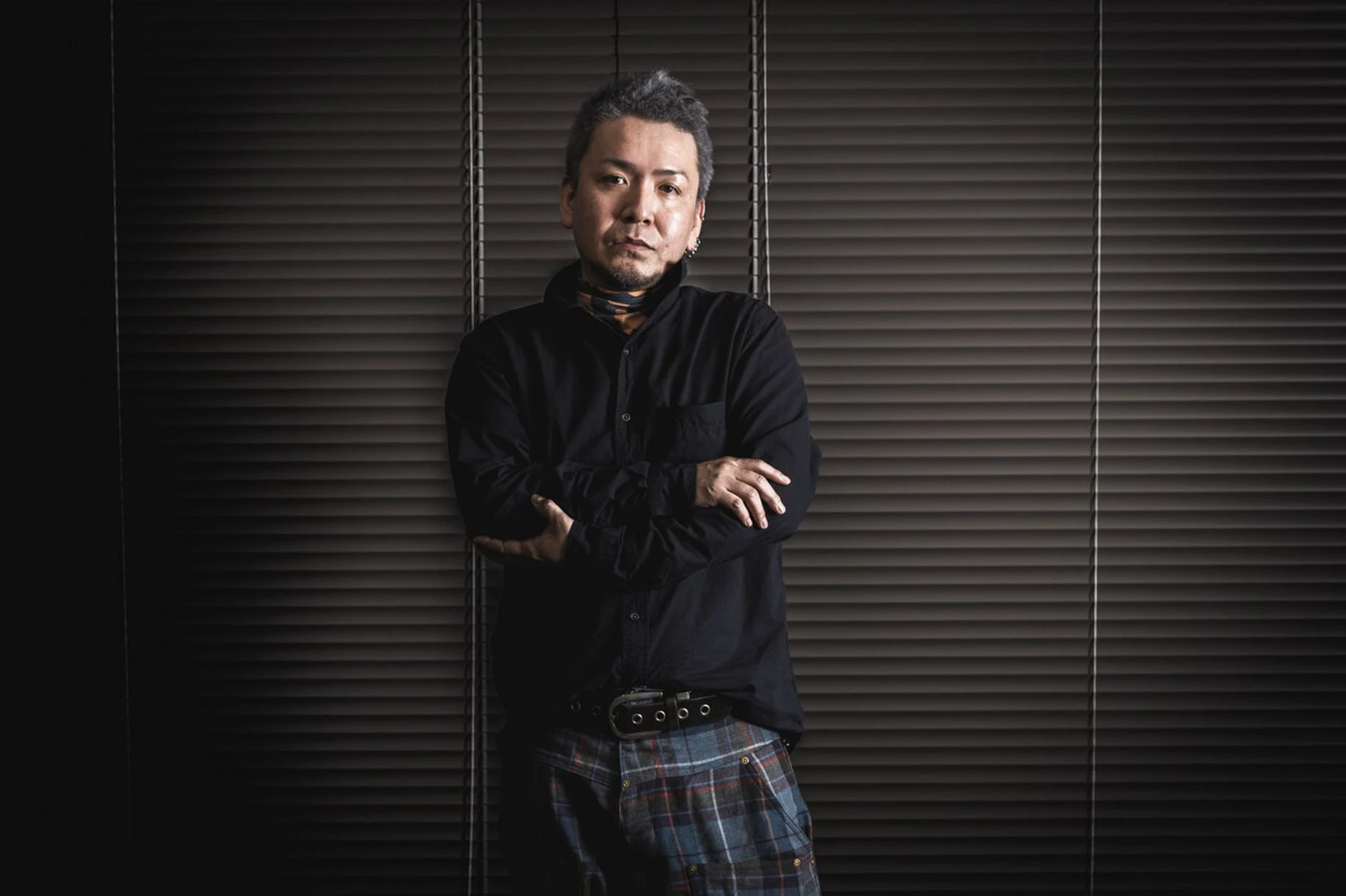
Hello, this is Akaiwa from the Corporate Planning Division. This time, I had the opportunity to interview Mr. Tsujimoto, who oversees the Design Headquarters. The discussion includes intriguing insights, intertwined with memorable episodes from his career in the design field, showcasing his extensive experience. Mr. Tsujimoto not only reflects on his career path but also shares thoughts on the future direction of design. Whether you are actively involved in design work or not, I believe there are aspects that will provoke thought. I hope you find it insightful.
INDEX
.jpg?width=516&height=516&fit=inside&format=webp&quality=90)
Yoshio Tsujimoto Executive Officer, Art & Design Division, Reazon Holdings Co.
Yoshio Tsujimoto graduated from the Design Department of Osaka University of Arts. After graduation, he worked as a graphic designer and art director at a design company. Later, he joined a mobile application development and operation company as a founding member of the design organization. Since then, as Executive Officer and Head of the Design Division, he has been responsible for visual control and organizational management across the company. He joined Reazon Holdings in April 2020, where he now primarily oversees the organizational operations of the Design Division, and also handles concept design and art direction for UI visuals in social game business as well as corporate projects across the company.
Expanding Creative Potential as a Creator and Feeling the Company's Growth Up Close
I understand you have had various experiences before joining Reazon. Could you please tell me about your past accomplishments? Also, Ms. Tsujimoto, where did your career begin?
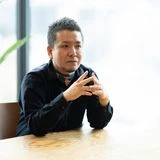
After graduating from university, I initially worked at a design company where I mainly handled graphic design. There, I created character designs and logo designs. I believe it's no exaggeration to say that my transfer to Tokyo at this company expanded my possibilities. As a student, I had no image of working in Tokyo, but being transferred to Tokyo, the center of culture and trends, was the first step in expanding my possibilities as a creator.
Also, my longing for Tokyo was strong, and I wanted to go to stylish places and see celebrities! With these thoughts, I managed to get an appointment at a famous record company to propose a design, and I was fortunate to get a big job. This is also a fond memory.
It sounds like you had a dream journey! After starting your career in Tokyo due to a transfer, I understand you later moved to another design company. How was the culture different from your first company?

Yes, the second company had a more collaborative setup resembling a gathering of creators, with a single floor in a stylish building rented out for a small team to work on design projects. I worked tirelessly during this period (laughs). The projects were incredibly prestigious, with numerous national and international clients, which meant we were always busy.
That sounds like a happy sort of chaos (laughs). I heard you then moved to a third company, which was a business-focused organization. What prompted that transition?

Until my second job, I had been in production companies where clients were external. I wanted to experience working in-house at a company running its own business. Production companies typically had a lot of designer members, so I wanted to increase my interaction with professionals from other disciplines by working in a business-focused setting.
What specifically did you do in your previous job?

I worked at a company developing and operating original mobile content. Initially, we focused on content for feature phones, creating decoration mail and wallpaper images. It was a significant departure from my previous experiences, as we started from scratch to create products ourselves. Notably, we ventured into developing romance simulation games for smartphones, which became a major hit. This success prompted a shift in our business focus, and the company grew to specialize in producing about 100 romance simulation game titles. I worked there for about 14 years, and during that time, the design team I started with six members grew to around 60, contributing to the company's listing on the Tokyo Stock Exchange and allowing me to feel the company's growth up close.
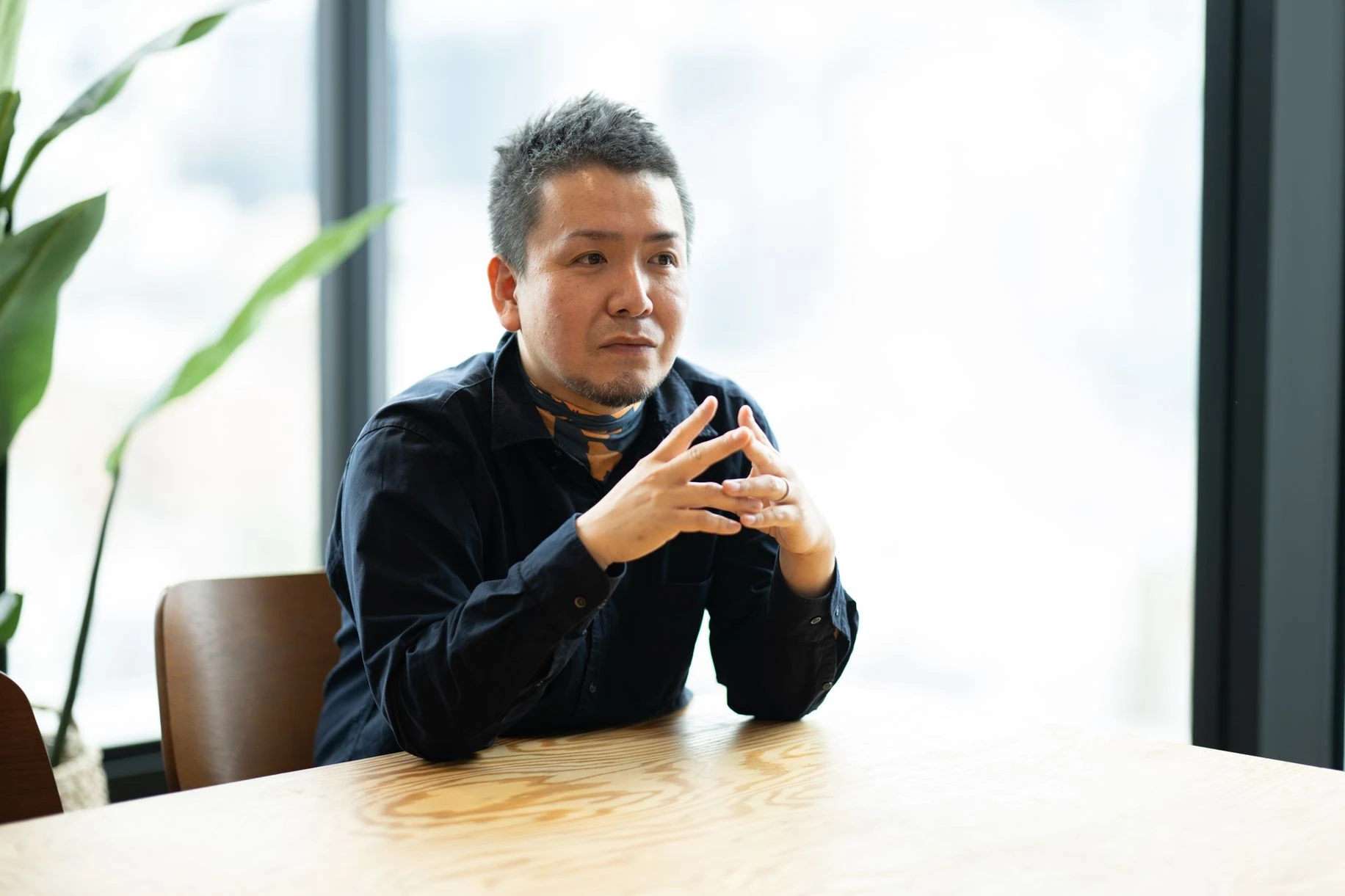
After hearing the representative's words, my designer soul was ignited, and I decided to join Reazon.
Given your long tenure at your previous job, it sounds like you had an intense experience that few regular employees would encounter. What led you to transition to Reazon?

It was an invitation from Mr. Mitani, a current executive officer at menu. It was also a time when I was re-examining my career and exploring new fields, so I decided to listen to what was being offered. Frankly, I had doubts and concerns about suddenly changing environments after so many years in one company. However, through regular invitations and meeting with menu employees multiple times, I gradually learned about the company's atmosphere and its people, and I began to think about my potential at menu.
The decisive factor for joining was the statement from the CEO, 'I want Tsujimoto to do the design. I trust him.' These words resonated strongly with me. Although the words themselves were so simple, I had never been told such a thing before. Despite having received several other job offers, no one else asked for my performance and creativity as an active designer. This simple phrase ignited my designer spirit, and I felt the joy of knowing that there was still a field where I could continue to output as a designer.
It sounds like the CEO's statement was a moment when a new switch was turned on for you as a designer. And you joined menu. At that time, there wasn't a consolidated designer division like there is today. What did you do initially?

Given my previous specialization in games, my main tasks involved game UI design, illustration creation, and management. As you rightly point out, there was no clear design organization at the time, so I also worked on building the organizational structure, such as designing evaluation systems.
One day, the CEO told me, 'I want you to completely redesign this app.' I remember this clearly, as it was about two to three weeks after the app's release, so I was honestly surprised. Nevertheless, I managed to redesign it in about a month and a half. I won't forget the pressure I felt, knowing that my capabilities as a designer were being tested!
Such decisiveness seems typical of menu! I believe there have been further changes since the establishment of the Design Division. Could you tell us about the current status of the design organization?

Currently, the Design Division consists of five departments:
1.Game Art Department
2.Game Design Department
3.Advertising Design Department
4.Service Design Department
5.Web Design Department
In brief, the Game Art and Game Design Departments specialize in game business. The Advertising Design Department is divided into groups handling external clients' advertising design and groups responsible for in-house game and menu commercials and advertisements. The Service Design Department mainly focuses on UI/UX design for menu. Lastly, the Web Design Department handles campaign sites and landing pages for menu, as well as corporate and recruitment sites.
The Design Division now has approximately 100 employees, making it one of the largest organizations within the company, I believe.
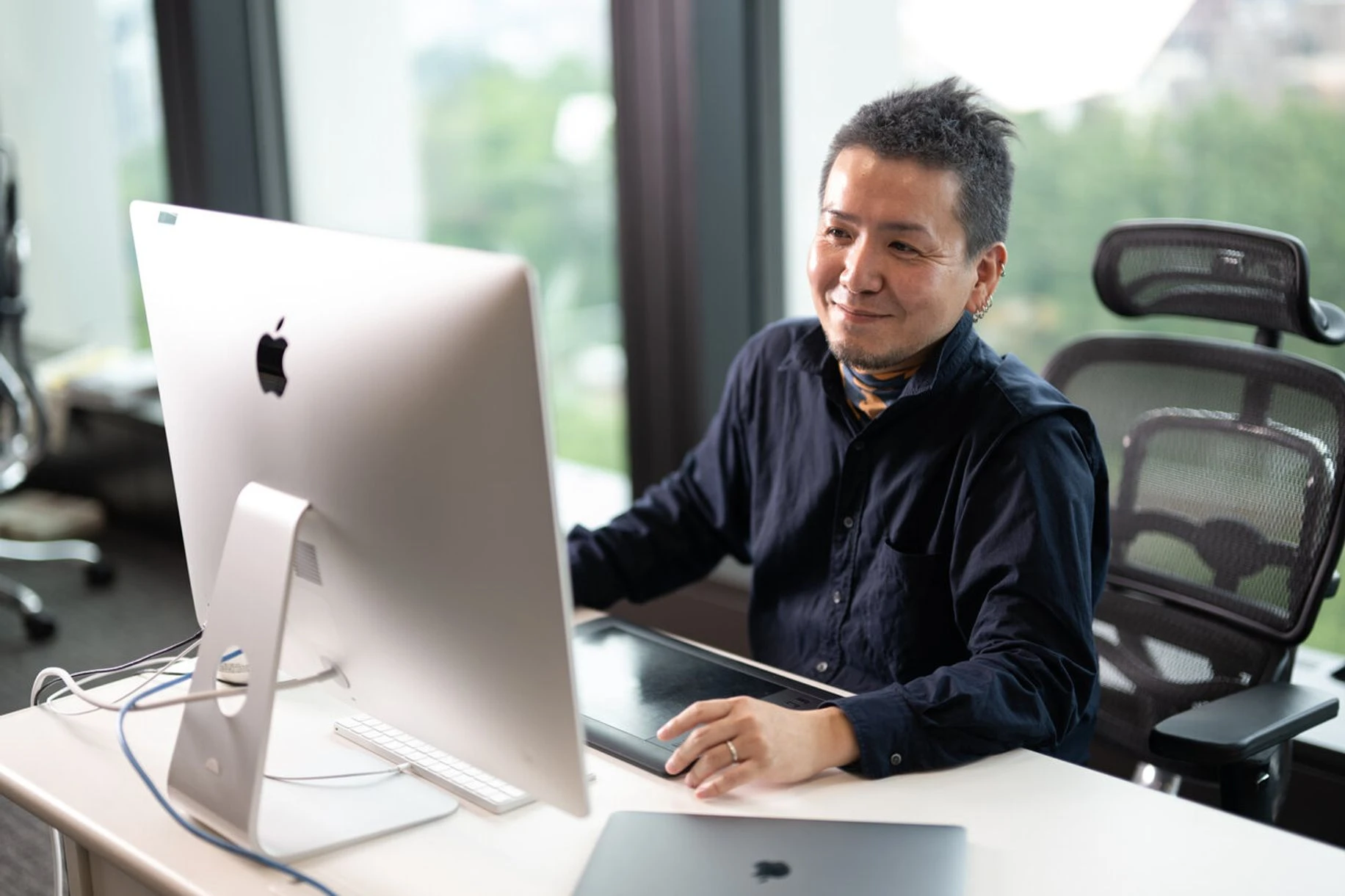
I feel the difficulty of establishing a design department, but I also taste the sense of accomplishment
From a non-established organization, you must have faced challenges to build such a large organization. Were there particularly difficult aspects for you?

While I had experience building organizations in my previous job, establishing the Design Division at menu was significantly different. Specifically, I had to build the organization within a framework that already had a certain number of designers and established rules. Therefore, I had to acclimate the existing culture and practices while introducing new rules. It was challenging because it was my responsibility to grow the organization while ensuring that existing menu employees understood the new rules.
However, I feel that properly organizing the structure brought benefits. With veteran members from various backgrounds joining from outside, it became easier for younger employees to find role models within the company and chart their career paths.
Personally, I feel that I have been able to leverage my experiences and expertise to contribute effectively to menu's overall services and products as a visual specialist. The Design Division holds limitless potential, so I aim to further enhance the working methods and value of designers from here.
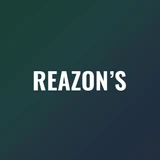
In expanding the organization further, do you feel any particular need to strengthen certain departments?

All departments need strengthening, but especially the Game Design and Service Design Departments. Game UI design is particularly challenging due to the limited number of experienced professionals. Additionally, UI/UX positions have seen a sharp rise in demand over the past decade, leading to intense competition for talent with other companies
For Service Design, I would like designers who can design a series of flows such as analysis, research, and testing, even without graphic skills, in a broader sense as designers.
Of course, skills are crucial, but menu's unique ability to work with an overwhelming sense of speed means that those who find it enjoyable are likely to be a good match.
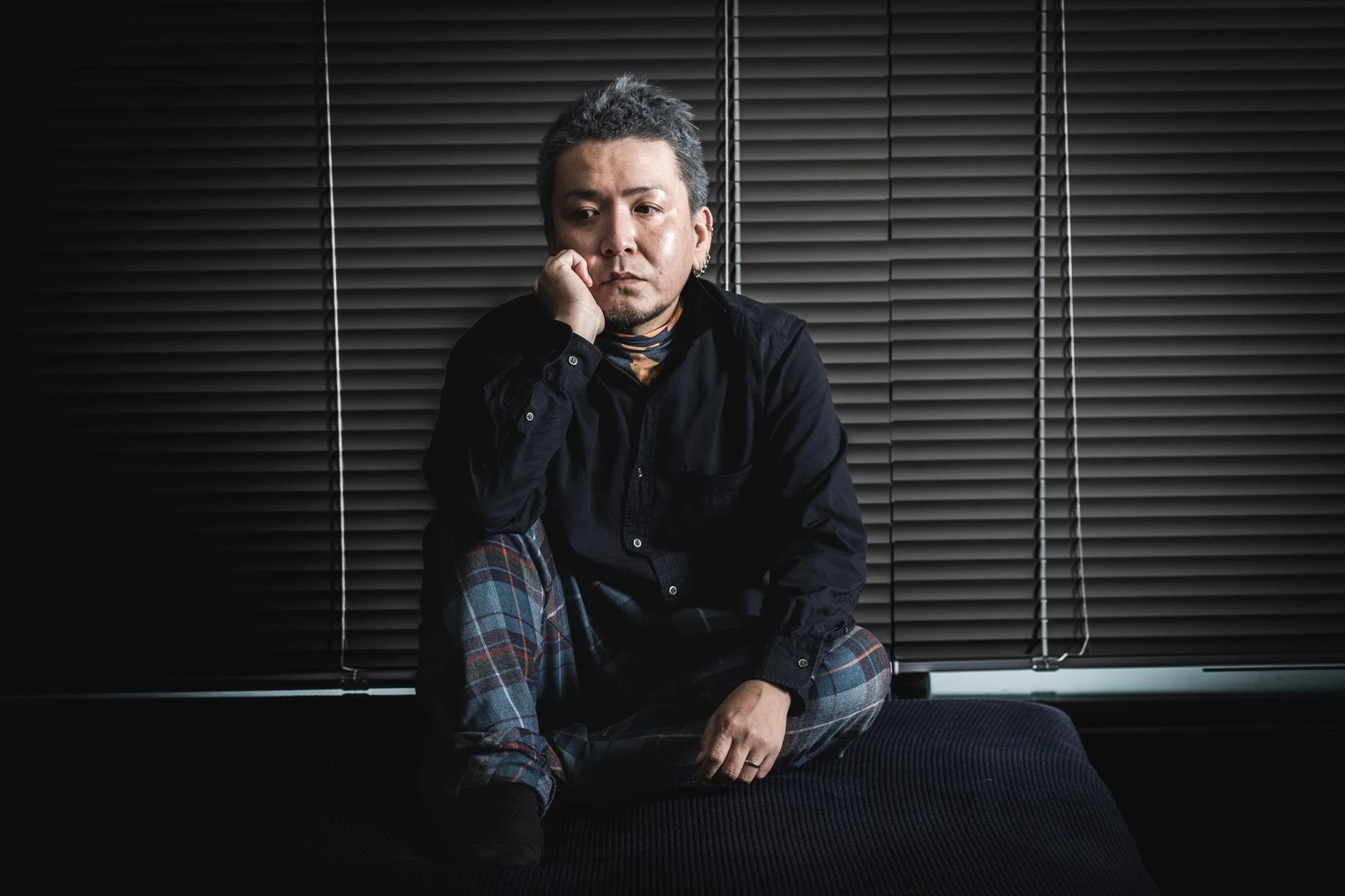
As a designer, it is necessary to have more than just design skills, one must also possess additional knowledge and skills (+α)
The difficulty of acquiring talent has been increasing year by year... I would be delighted if this article could spark some interest in menu!
Changing the subject slightly, what do you think designers will need to be able to do in the future?

I think designers will need to be able to handle data while designing experiences such as UX. Designers are no longer just stylists.
In today's world, AI can automatically create banners and automation is advancing in the design field as well. Therefore, designers must consider how to strike a delicate balance between the parts of creation that only humans can do and those that can be automated. Additionally, smartphones have had a significant impact in recent years, so designers need to understand not only how to use drawing tools to draw pictures but also how to optimize them for smartphones, and for that you need engineering knowledge.
I feel like although automation is advancing in the design field, it's still a creative field, so there are things that only humans can do.

Yes, that's right. Although automation is advancing, there are still limited tasks that can be left to AI. I believe that we humans should create things that appeal to human emotions. There are many aspects of expression that appeal directly to human emotions such as joy, anger, sadness, and laughter that machines still cannot understand, and I feel that humans are stronger in that respect.
In the field of design, it was mentioned that automation by AI is advancing. However, because creativity is involved, I believe there are still things that only humans can do.

That's right. Despite the advancement of automation, tasks that can be entrusted to AI is still limited. I think humans should be responsible for aspects that appeal to human emotions. There are many expressions directly linked to emotions such as joy, anger, sorrow, and pleasure that machines still cannot fully understand, and I feel that humans are stronger in this regard.
As demands on designers increase in the future, I think the range of possibilities will also expand.
Now, for the final question. Please tell us about the future goals of the Design Department.

The Design Department aims to become a group of creators within Reazon who can operate autonomously. We aim to incorporate a tech-first approach within each design department and explore how to grow. There are many challenges ahead, but starting with the head of the department and together with our colleagues, we want to work towards solving these challenges.
To achieve this, first of all, we would like to establish a "Design Philosophy" as a common concept and guiding principle for designers under the Reazon brand.
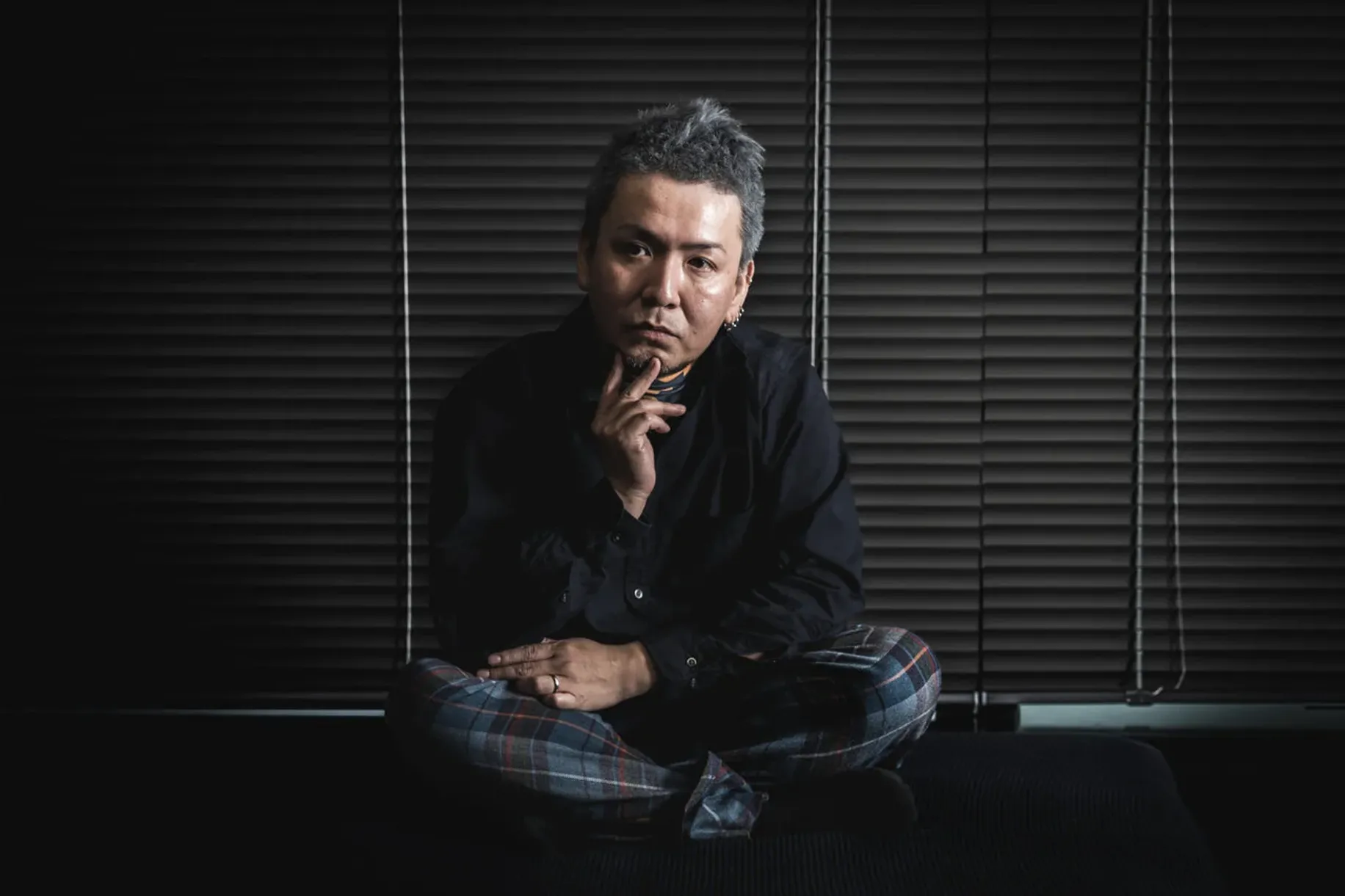
Please feel free to contact us about REAZON’S content, interviews, and press relations.
CONTACTIf you are interested in REAZON HOLDINGS, please check the recruitment site for more information.
RECRUITCareer Development as Discussed by a CTO and CHRO with 9 Job Changes
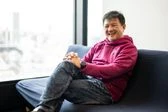
Harnessing the infinite potential of AI to transform work and organizations to the fullest extent.
.jpg?width=168&height=112&fit=cover&format=webp&quality=90)
